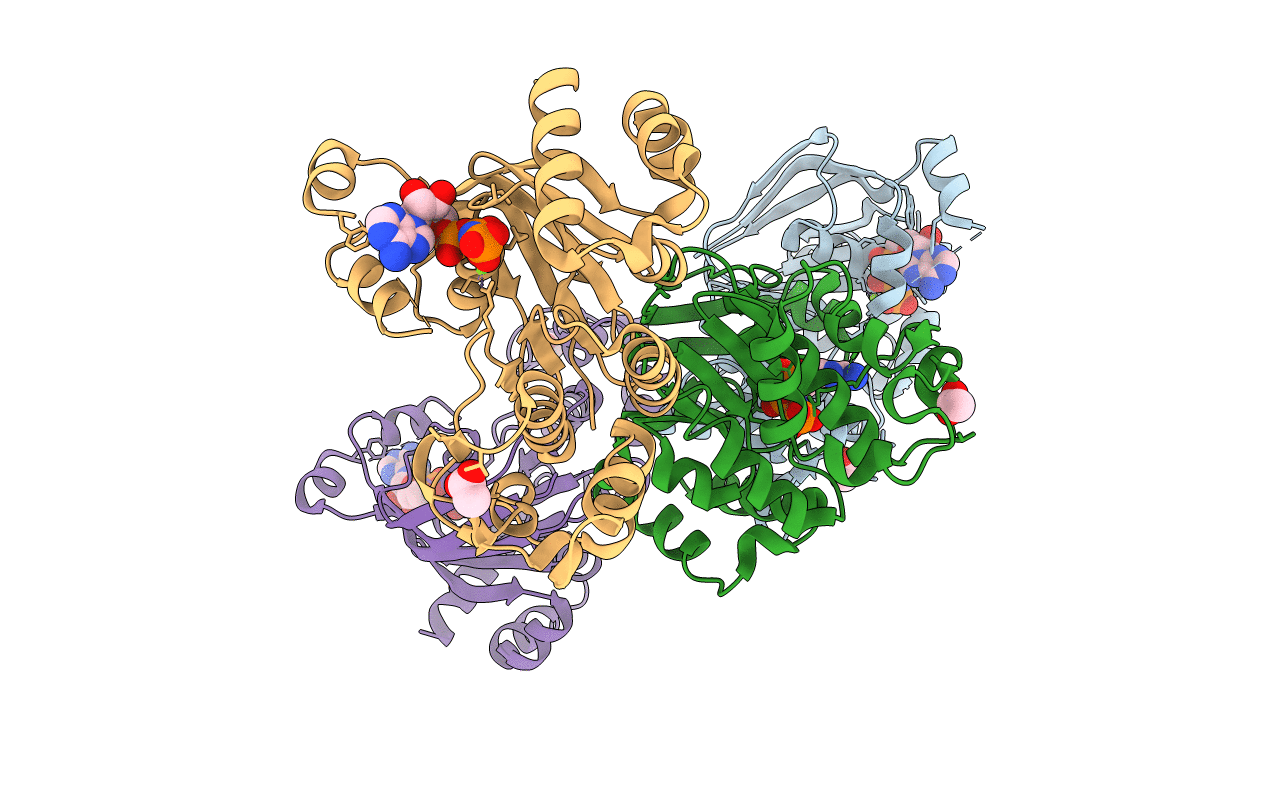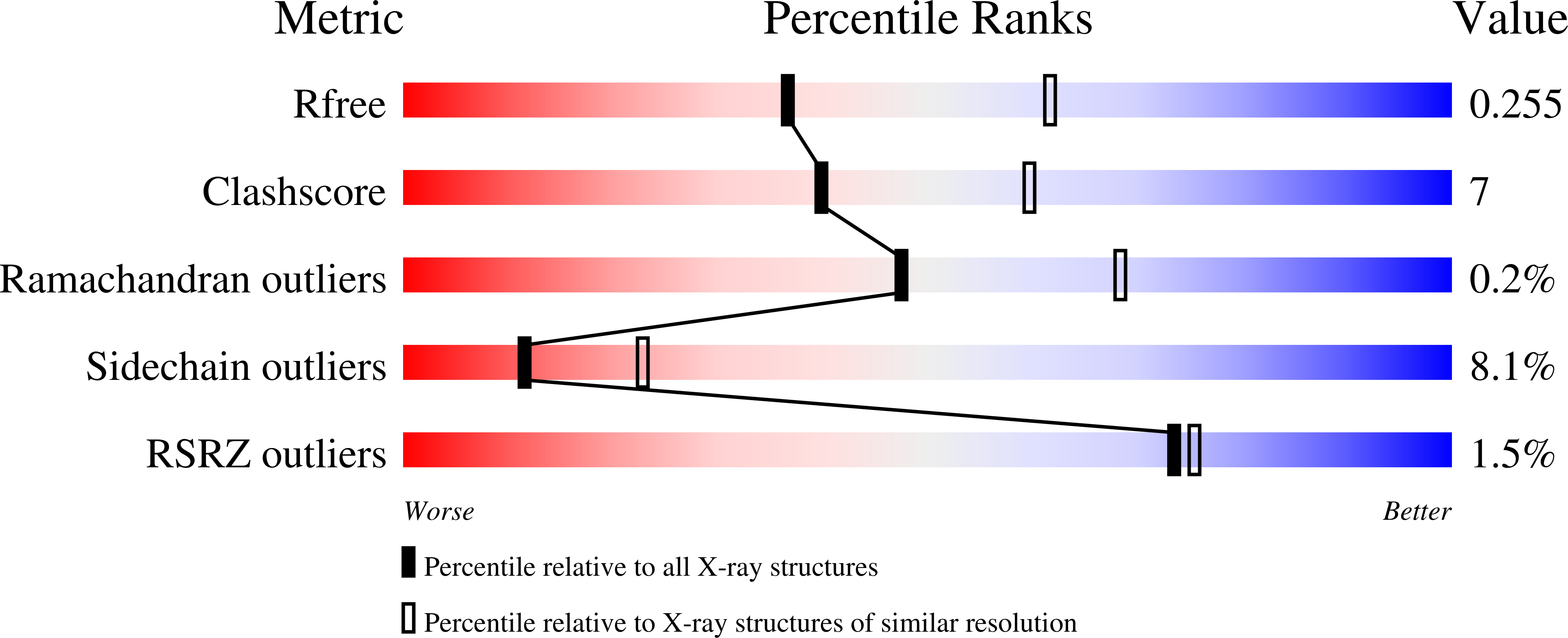
Deposition Date
2003-07-29
Release Date
2003-12-09
Last Version Date
2024-02-14
Method Details:
Experimental Method:
Resolution:
2.50 Å
R-Value Free:
0.25
R-Value Work:
0.21
R-Value Observed:
0.21
Space Group:
P 4 21 2


